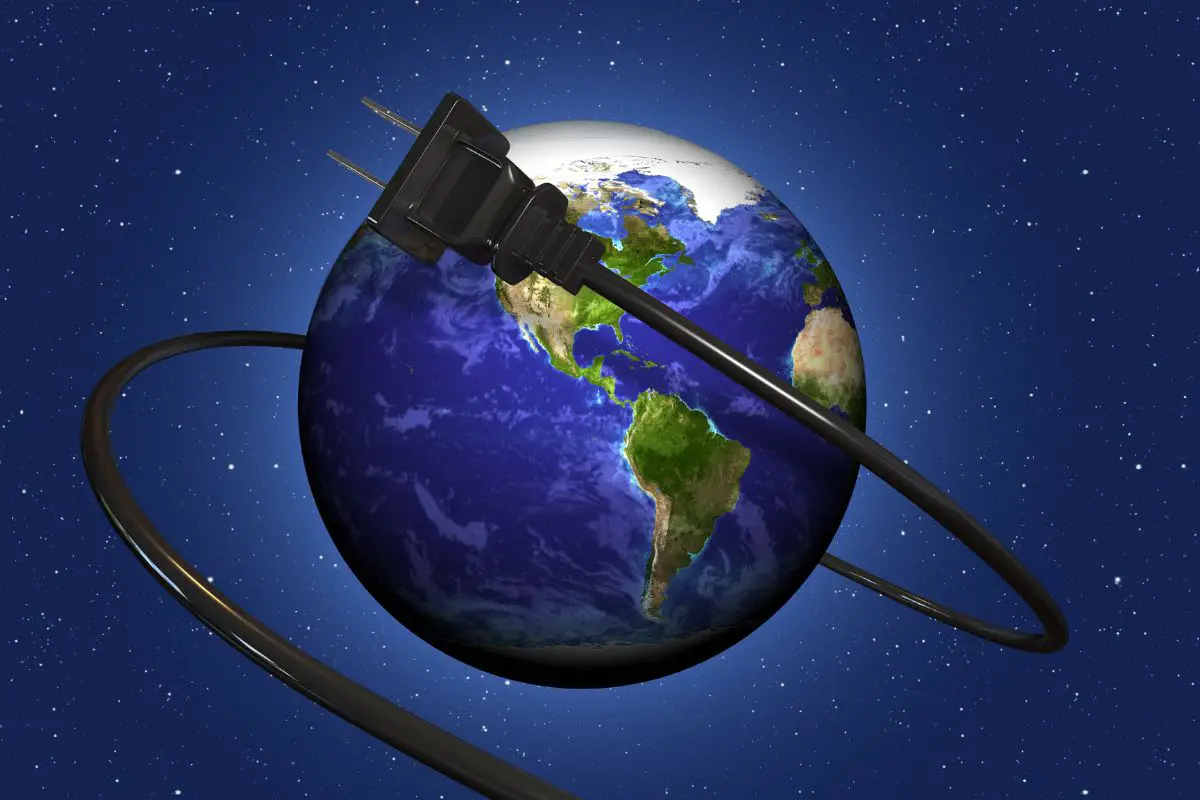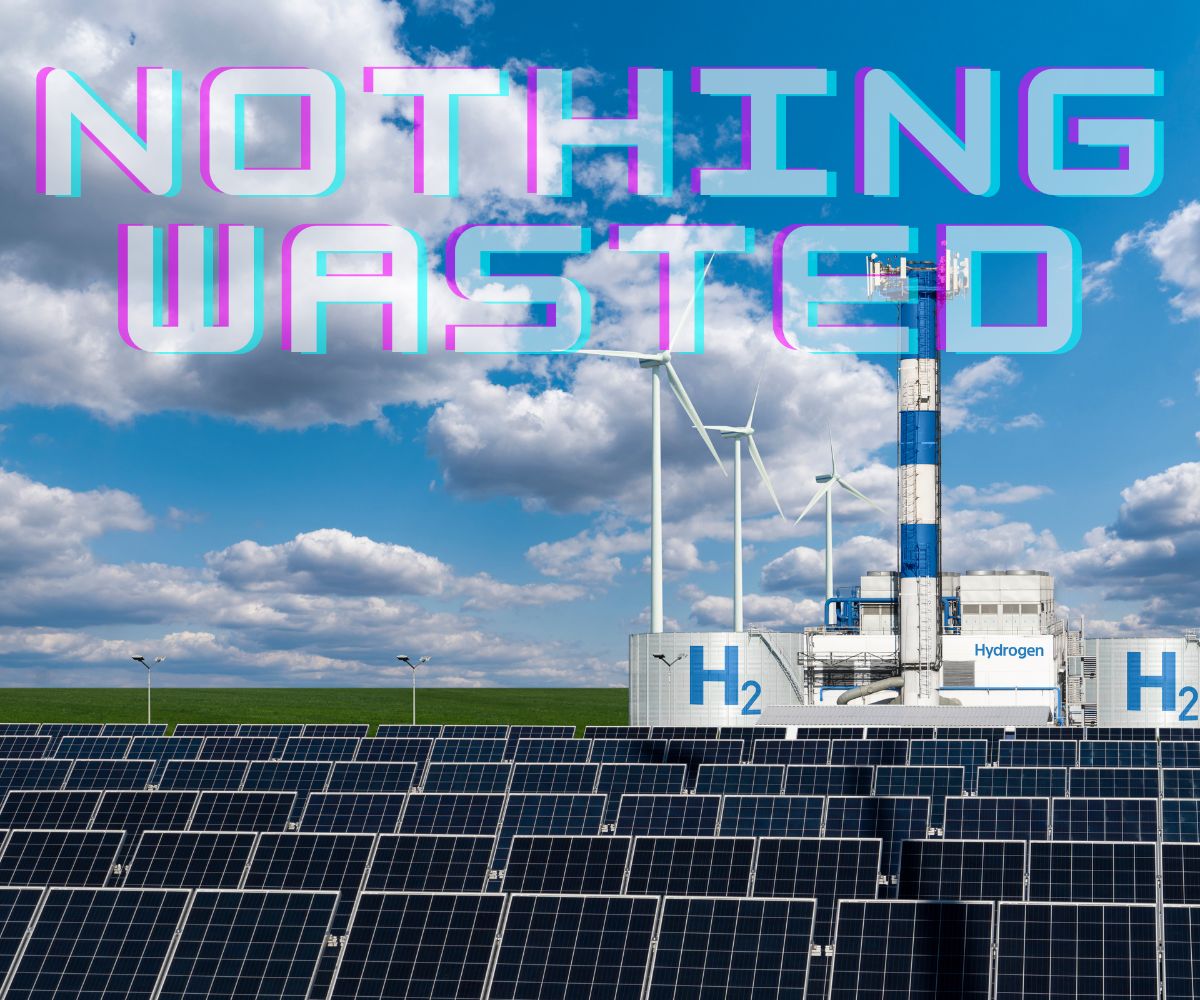
NewHydrogen CEO talks hydrogen fuel with Stanford U energy expert
September 19, 2023Steve Hill and Dr. Naomi Boness focused on green H2 during their recent podcast discussion.
Green hydrogen fuel technology developer NewHydrogen Inc.’s CEO Steve Hill spoke with Stanford University energy expert Dr. Naomi Boness, Managing Director of the Natural Gas Initiative (NGI), during a recent podcast, focusing on the cheapest production of the renewable H2 in the world.
The discussion allowed these experts to share their insights into clean H2 and the energy industry overall.
Dr. Boness placed a focus on the rising interest in using hydrogen fuel as a form of alternative energy as the world works to decarbonize. She pointed out that H2 is expected to comprise around 18 percent of total energy use over the next few decades. As energy costs continue to rise and as climate change continues to cause concern, H2 is often seen as a safe, affordable and clean solution to the need to transition away from polluting fossil fuels.
Boness underscored the applications where H2 is viewed as the most promising, such as in heavy industries like oil, steel, glass making, gas and pharmaceuticals, as well as in transportation.
“Hydrogen, much like natural gas, could provide resilience to the electric grid,” said Dr. Boness during the podcast. “We could make it from curtailed wind and solar, such as during the middle of the day and during the summer, and then use it when wind and solar are not available. Using hydrogen in that capacity is an exciting application.”
Beyond clean energy, Boness also believes hydrogen fuel could help provide electricity for hundreds of millions.
“We live in a world where we still have close to a billion people who do not have electricity. This is one of the big problems that we still have to solve,” explained Boness.

“One of the really exciting things about hydrogen is how we can use it. Energy is typically created in huge volumes and then it is transported by various means all over the world. Renewables are changing the way we think about energy. We are seeing more microgrids. Hydrogen, particularly when it is generated from renewable resources, fits in nicely with this idea of small scale, decentralized solutions that don’t require huge capital investment upfront, are easy to maintain and provide reliability.”
Harnessing Wasted Energy: Green Hydrogen as a Resilient Solution for Remote Areas and the Electric Grid
What’s particularly intriguing is the prospect of generating green hydrogen from solar and wind energy that would otherwise be wasted. Astonishingly, a significant portion of the energy produced in the US ends up being wasted—around 34% according to some sources. During periods of high production and low demand, surplus wind and solar energy can be channeled towards electrolyzers to produce green hydrogen. This not only optimizes the use of renewable resources but also offers a solution for storing intermittent renewable energy.
Moreover, green hydrogen boasts the benefit of being transportable. Unlike electricity, which must be used immediately or stored in batteries with limited capacity, hydrogen can be stored and transported over long distances. This makes green hydrogen a versatile energy carrier with applications across various sectors, including transportation, industry, and heating
Learning more
 The podcast encouraged investors and individuals to educate themselves about the hydrogen fuel infrastructure and how it will affect communities and play a substantial role in the lives of billions of people.
The podcast encouraged investors and individuals to educate themselves about the hydrogen fuel infrastructure and how it will affect communities and play a substantial role in the lives of billions of people.
Conclusion: The Promise of Green Hydrogen for a Sustainable Future
The conversation between NewHydrogen Inc. CEO Steve Hill and Stanford University’s Dr. Naomi Boness provides a compelling look into the future of green hydrogen as a key player in our global energy landscape. Their insights illuminate the transformative potential of this renewable resource, not just in terms of utilizing wasted energy, but also in its applicability across various sectors and its potential to address energy access challenges on a global scale.
The ability of green hydrogen to be produced from surplus wind and solar energy offers an innovative approach to reducing energy waste, while simultaneously providing a reliable storage solution for intermittent renewable energy. With nearly 34% of energy produced in the US being wasted, the need for such solutions cannot be overstated.
Furthermore, the transportability of green hydrogen positions it as a versatile energy carrier, capable of delivering clean energy to remote areas and heavy industries alike. This adaptability, combined with its potential to provide resilience to the electric grid and contribute to decarbonization efforts, underscores its significance in our transition away from fossil fuels.
Ready to test your knowledge on the most abundant element in the universe? Take our fun and engaging Hydrogen Quiz now! [forminator_quiz id=”58712″]



 With over 15 years of reporting hydrogen news, we are your premier source for the latest updates and insights in hydrogen and renewable energy.
With over 15 years of reporting hydrogen news, we are your premier source for the latest updates and insights in hydrogen and renewable energy.
Why won’t you discuss nuclear generated hydrogen?